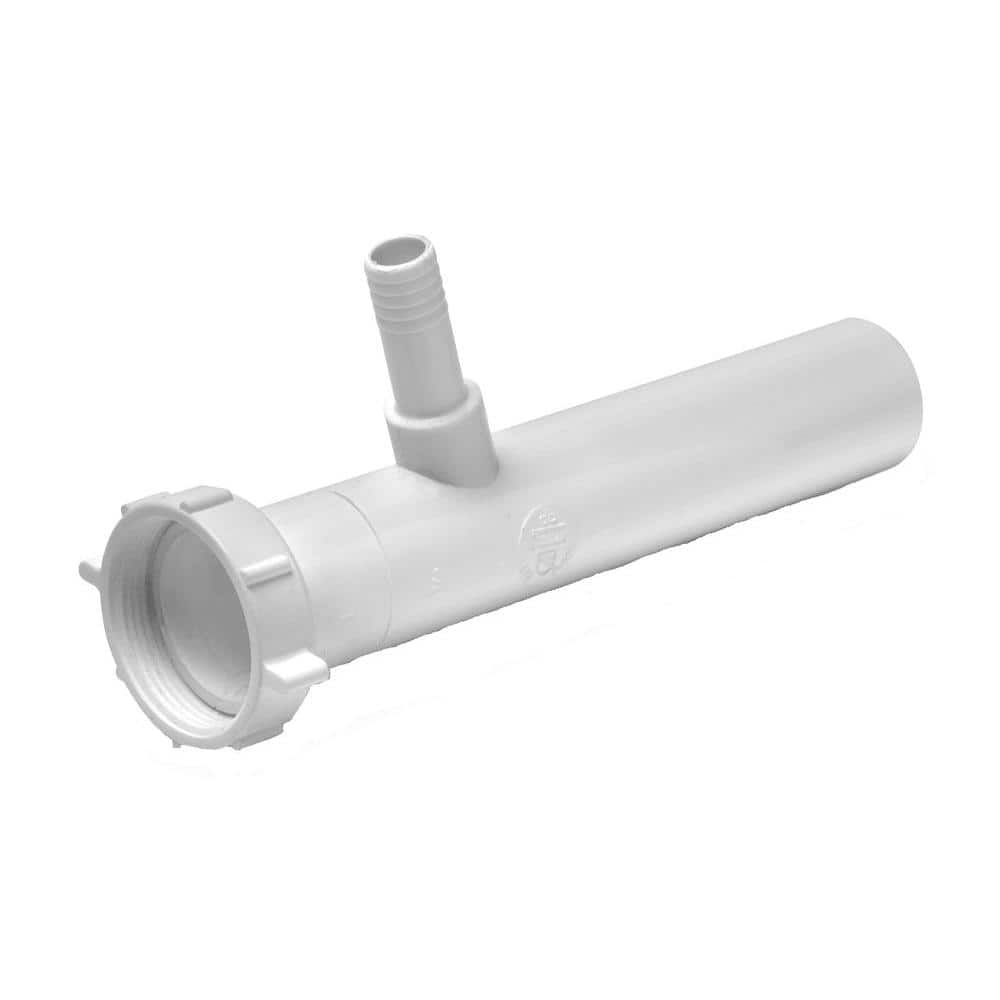Pikachu
New Member
I’m doing a bath faucet reinstall and I had the old plumbing removed prior to taking photos. So now there is a piece of flexible pipe jutting from the wall that I do not know or how it should be installed.
Can someone tell me what this flexible pipe (see red circle) does and how it should be installed? I.e. do I connect it to a P trap? Is it a vent pipe?
Thanks in advance.

Can someone tell me what this flexible pipe (see red circle) does and how it should be installed? I.e. do I connect it to a P trap? Is it a vent pipe?
Thanks in advance.


